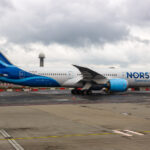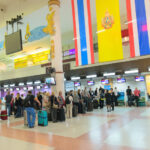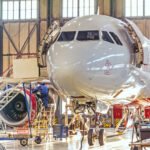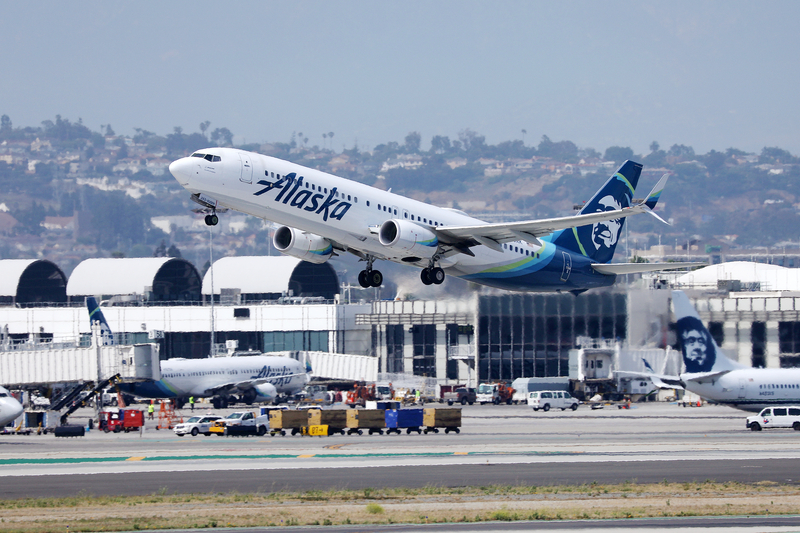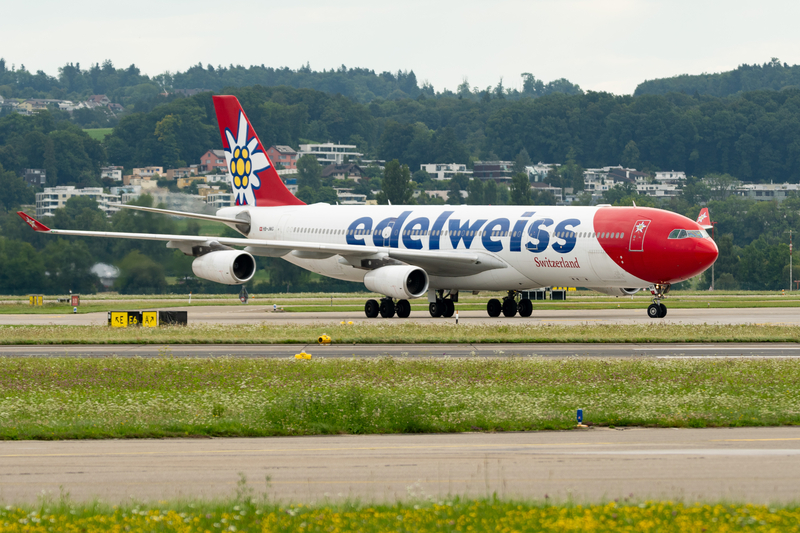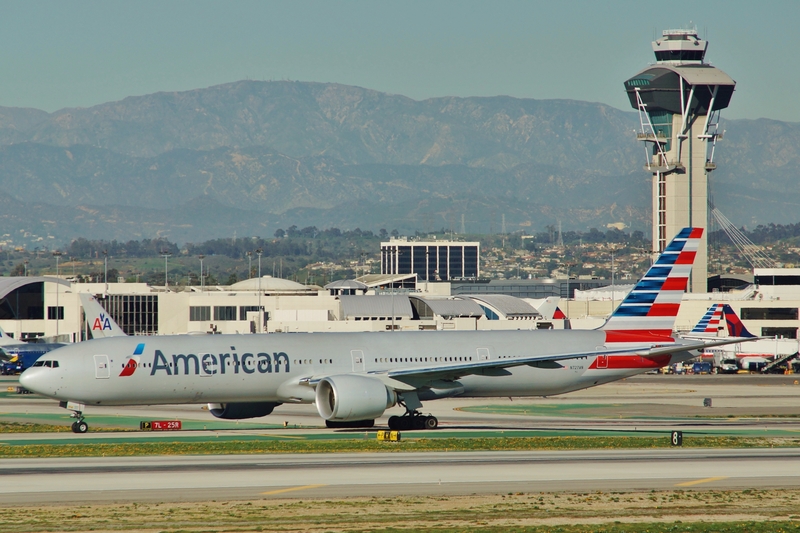Thai Airways Seeks Urgent Green Light For Up To 10 Widebodies
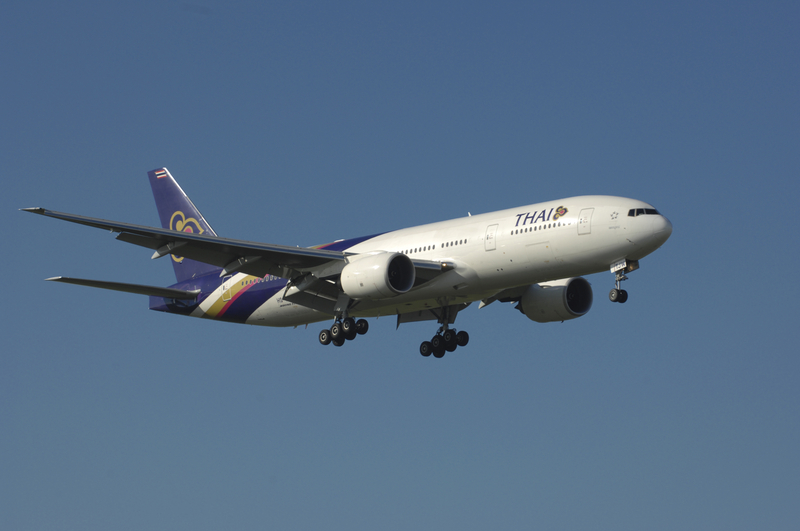
ID 9997612 © Maurie Hill | Dreamstime.com
Thai Airways is racing to plug a looming capacity gap. The flag carrier will ask its Board of Directors on October 23 to approve the short-term lease of 8–10 widebody aircraft, a move executives call “absolutely necessary” to keep the airline’s long-haul network competitive while older jets retire and new deliveries slip.
Why Thai Needs Lift Now
The request follows three prior rejections of fleet-growth proposals. Thai’s leadership argues that without a near-term injection of widebody capacity, the carrier risks network imbalance and erosion of market share across key Asia–Europe and Asia–Pacific flows.
Two pressures are converging:
-
Retirements: Thai has already withdrawn nine widebodies and continues to sunset legacy types as part of its post-rehabilitation plan to simplify the fleet.
-
Supply constraints: Industry-wide Boeing 787 delivery delays and parts shortages for Rolls-Royce Trent 1000 engines have limited near-term growth and sidelined some 787s for maintenance, reducing available lift.
What’s On The Table
Management will seek approval to lease the aircraft for roughly six years, with induction targeted around mid-2026. The airline has not named types, but any selection must align with Thai’s simplified, future fleet and be deployable quickly.
Likely aircraft candidates:
-
Boeing 777-300ER (77W): High-capacity, long-range twin with strong belly-cargo capability; close match with Thai’s existing 77W fleet (two-crew commonality, established maintenance footprint). Typical Thai layouts historically seat ~340–360+. Engines: GE90-115B.
-
Airbus A350-900: Efficient long-hauler with excellent range and lower fuel burn per seat; Thai already operates the type, easing training and spares. Engines: Rolls-Royce Trent XWB.
-
Boeing 787-9: Mid-size long-range platform ideal for thinner long-haul or high-frequency trunk support; Thai flies the 787 family today (engines: Rolls-Royce Trent 1000), though spares availability will factor into any short-term lease calculus.
Notably, a prior concept to add Airbus A330-200s—covering aircraft, training, spares and more—was rejected on cost and fleet-simplification grounds. Earlier talks featuring three 777-300ERs and six 787s also fell through.
Where The Capacity Would Go
The ask is designed to protect and grow long-haul connectivity from Bangkok Suvarnabhumi (BKK). Expect any leased widebodies to be pointed at trunk and high-yield flows such as London Heathrow (LHR), Frankfurt (FRA), Paris Charles de Gaulle (CDG), Sydney (SYD) and Melbourne (MEL), plus regional widebody markets like Tokyo Narita (NRT)/Haneda (HND), Seoul Incheon (ICN), Taipei Taoyuan (TPE), Singapore (SIN) and Hong Kong (HKG). Exact deployment will hinge on aircraft type, cabin density, and seasonality.
Timing, Leasing, And The Used-Widebody Market
Sourcing 8–10 suitable aircraft on ~6-year terms by mid-2026 won’t be trivial. The 77W remains in demand for its payload-range and cargo economics, while A350-900 and 787-9 availability is constrained by strong post-pandemic long-haul recovery. Thai’s advantage is type familiarity—minimizing training downtime and MRO setup—so expect deals that leverage existing Bangkok infrastructure and cabin commonality where possible.
Fleet Modernization: Where Thai Is Headed
Thai is shrinking the number of aircraft families while modernizing:
-
Already retired: Airbus A380 and Boeing 747-400 fleets.
-
Planned retirements: Boeing 777-200ER and Airbus A330-300 as newer-generation jets arrive.
-
Widebody backbone going forward: Boeing 777-300ER, Boeing 787 family, Airbus A350-900.
-
Narrowbody evolution: Today’s Airbus A320-200 transitions to Airbus A321neo, with the first deliveries in the coming months.
Target Fleet By 2033 (Management Goal)
| Family | Type (illustrative) | Target Count |
|---|---|---|
| Boeing 777 | 777-300ER | 15 |
| Boeing 787 | 787-8/787-9 (multiple variants) | 66 |
| Airbus A350 | A350-900 | 17 |
| Airbus narrowbodies | A321neo family | 52 |
| Total target: ~150 aircraft (growth plus replacement) |
What It Means For Travelers And Shippers
If approved, Thai can bridge the gap between retirements and new deliveries, preserving schedule integrity on marquee routes and restoring frequencies that drive connectivity over Bangkok Suvarnabhumi (BKK). For passengers, that could mean more consistent widebody product on long-haul and top regional sectors. For cargo, additional belly capacity on 77W/A350/787 frames would support perishables, pharma, and e-commerce flows linking Southeast Asia with Europe and Australia.
Bottom Line
Thai Airways is making a fourth push—this time urgent—to lease 8–10 widebodies for about six years, with mid-2026 service entry targeted. The aim is straightforward: replace retired lift, offset 787 delivery and engine-parts delays, and keep Bangkok Suvarnabhumi (BKK) competitive on long-haul. The board’s October 23 verdict will reveal not just if Thai grows, but which aircraft—a decision that will shape the airline’s network and product well into the next decade.
